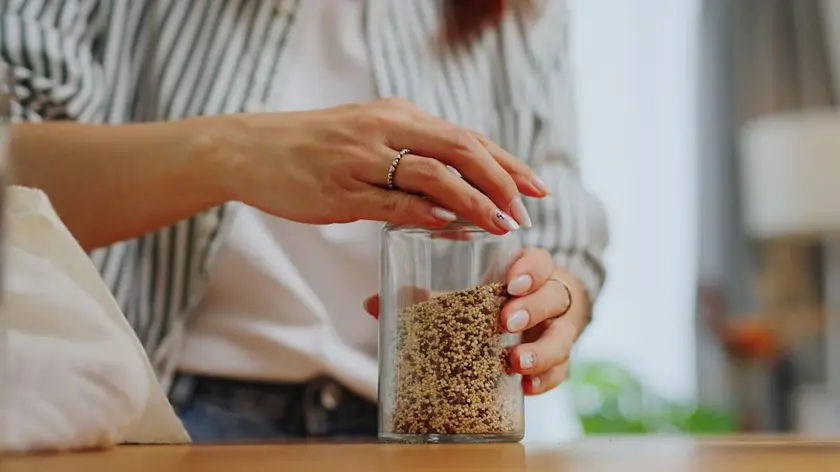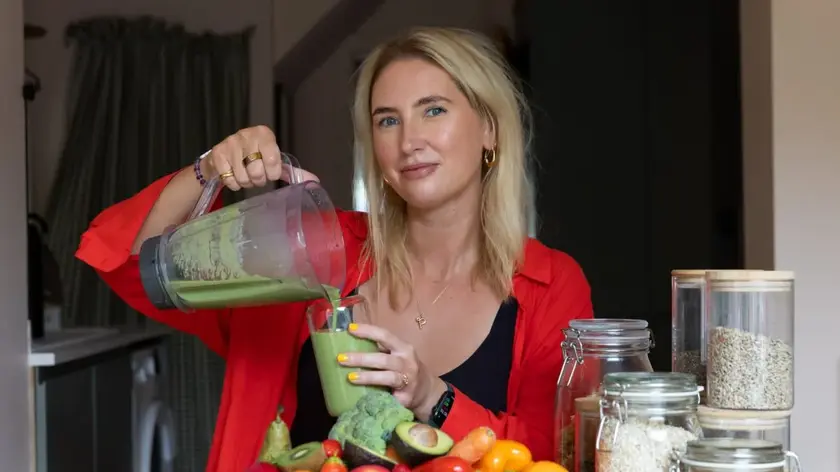T4K3.news
Chia Seeds and Flax Seeds Show Competing Strengths for Health
Nutritionists compare chia seeds and flax seeds to guide choosing based on fiber fats and minerals.

Nutritionists compare chia seeds and flax seeds to guide choosing based on fiber fats and minerals.
Chia Seeds and Flax Seeds Show Competing Strengths for Health
Chia and flax seeds are popular plant foods that pack fiber protein and minerals. Nutritionists say chia seeds provide about 7 g of fiber in 2 tablespoons. Whole flax seeds have about 5 g of fiber, flax seed meal about 3 g, and flax oil has no fiber. Flax seeds offer more omega 3 fatty acids per ounce, while chia also supplies a meaningful amount. Chia seeds absorb liquids and form a gel, which some people enjoy in puddings, while flax seeds are usually ground to improve nutrient access. Both seeds deliver minerals such as calcium magnesium phosphorus potassium and zinc, with chia often higher in calcium and flax higher in magnesium.
They can be stirred into oatmeal yogurt smoothies and baked goods. The easiest way to add chia is to mix seeds into water or milk and let them thicken, though the texture may not appeal to everyone. Flax seeds can be used whole and chewed, ground for baking or pressed into oil; grinding helps access omega 3 and lignans. It is important to drink plenty of water when increasing fiber to avoid digestive discomfort. In short, both seeds are healthy options that fit different goals and tastes.
Key Takeaways
"Chia seeds are higher in fiber than flax seeds"
Lombera on fiber content
"I recommend flaxseed to anyone struggling with low estrogen symptoms such as hot flashes and weight gain"
Lombera on lignans and hormones
"Grinding the seeds has been known to be most beneficial to access the omega 3 fatty acids"
Balzora on grinding for omega 3
"Don't be afraid to experiment with how you incorporate the seeds into the foods you love"
Balzora on trying new uses
Chia and flax seeds fit a growing push toward plant based nutrition. The choice changes with your goals: more fiber or more omega 3 and lignans. Flax adds hormonal support via lignans, but chia shines in fiber and calcium, which matters for gut and bone health. The idea is not to pick one seed forever but to use both as needed. The stories behind these seeds show how ordinary foods can support everyday health without drama.
Readers should see this as a reminder that small foods can add up when used consistently. The real trend is balance: diversify seeds across meals, adjust portions to fiber tolerance, and watch your overall nutrient mix. As more research arrives, clear guidance will continue to evolve, but the practical advice remains simple start slow and adapt to your palate and schedule.
Highlights
- Tiny seeds big fiber payoff
- Flax carries the omega 3 edge
- Do not be afraid to experiment with seeds in foods you love
- Start slow and sip water
The seed question invites ongoing learning as research evolves.
Enjoyed this? Let your friends know!
Related News

New research shows plant-based foods can enhance youthfulness

Chia seeds daily use risks choking per simulation

Seven plant-based desserts promote gut health

New dietary trend fibermaxxing boosts energy and reduces snacking

Dietary Changes Could Help Reduce Headaches

Chia seeds linked to health boosts in new simulation

Venus Williams triumphs at 45 with historic singles win

Nurse Loses Significant Weight with Surgery and Lifestyle Change
